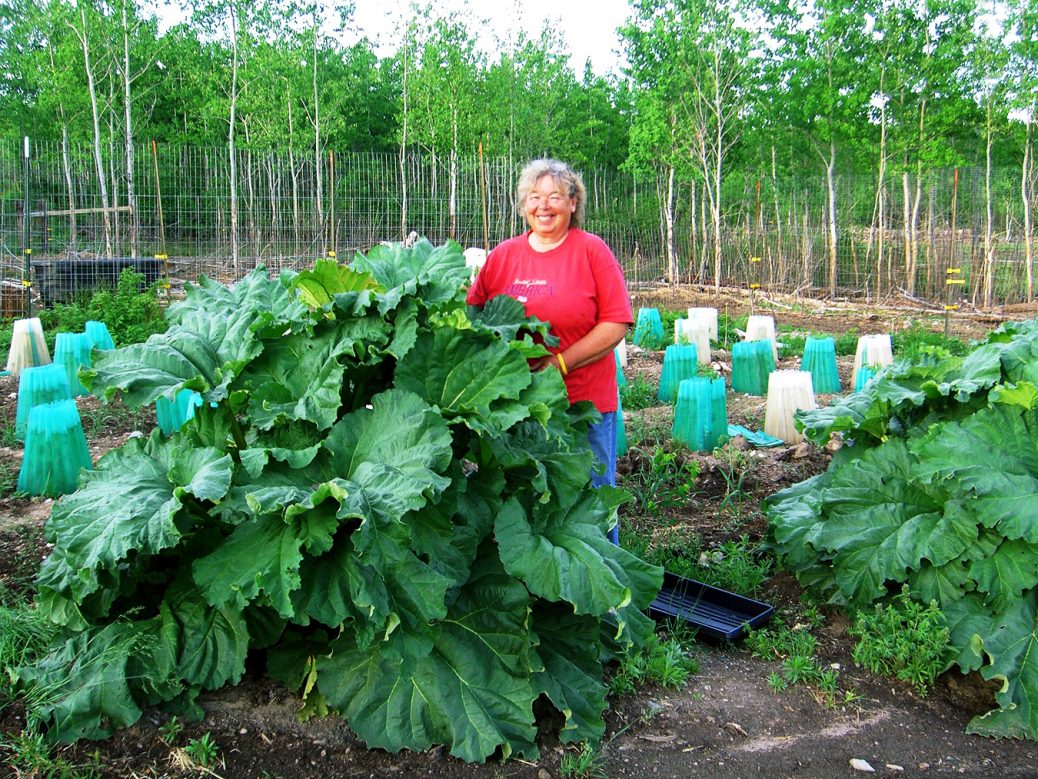1/1
the rhubarb patch: three generations, one garden debate
Every spring, as the snow melts in our Minnesota backyard, I find myself drawn to the same patch of rhubarb my grandfather planted in 1923. My 89-year-old father still tends these stubborn stalks, just as his father did before him. For him, this patch is a living memory—a taste of childhood pies and family gatherings long gone. But lately, my own kids question why we keep this old-fashioned crop. They say it takes up space, looks wild, and isn’t as trendy as the raised beds their friends post on Instagram. Sometimes, our neighbors even complain about the untidy leaves spilling over the fence, clashing with the manicured lawns our HOA prefers. I see both sides. The rhubarb is tough, surviving harsh winters and dry summers—just like the families who settled here. But in a world of climate change and water restrictions, should we cling to tradition or try drought-tolerant natives instead? My father insists, “Some things are worth keeping, even if they’re not fashionable.” Every year, we argue over whether to pull the patch or let it grow. And every year, when I taste that first tart pie, I remember why we keep it. Maybe gardening isn’t just about plants—it’s about what we choose to remember, and what we’re willing to let go. #familygardening #rhubarbdebate #generationalclash #Gardening
2025-05-24
write a comment...
